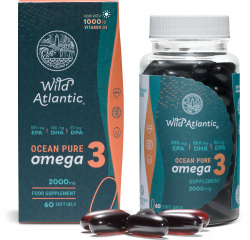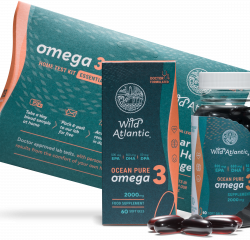Does Sunscreen Block Vitamin D Production? Understanding the Balance Between Sun Protection and Vitamin D
Sunscreen is a crucial tool for protecting our skin from the harmful effects of ultraviolet (UV) radiation, which can lead to skin cancer and premature aging. However, many people wonder if using sunscreen can block vitamin D production, potentially leading to vitamin D deficiency. This article explores the relationship between sunscreen use and vitamin D synthesis, providing insights into how you can balance sun protection with maintaining healthy vitamin D levels. Understanding these factors is essential for overall health and well-being

What is Vitamin D and Why is it Important?
Vitamin D is a fat-soluble vitamin that is essential for maintaining healthy bones and teeth, supporting the immune system, brain, and nervous system, and regulating insulin levels. It also supports lung function and cardiovascular health. Why is vitamin D so important?
Benefits of Vitamin D
- Bone Health: Vitamin D aids in the absorption of calcium and phosphorus, which are critical for bone formation and maintenance. Without adequate vitamin D, bones can become thin, brittle, or misshapen.
- Immune Function: Vitamin D helps regulate the immune system and may protect against infections and chronic diseases such as diabetes, heart disease, and certain cancers.
Sources of Vitamin D
Vitamin D can be obtained from three primary sources: sun exposure, dietary intake, and supplements. The most effective natural source of vitamin D is UVB radiation from the sun, which triggers vitamin D production in the skin.
Can Sunscreen Block Vitamin D Production?
The concern that sunscreen might block vitamin D production arises from its primary function: to block or absorb UV radiation that can damage the skin. Since UVB radiation is essential for vitamin D synthesis, using sunscreen could theoretically reduce vitamin D production.
How Sunscreen Works
Sunscreens are formulated to protect the skin by absorbing, reflecting, or scattering UV radiation. They are rated by Sun Protection Factor (SPF), which measures their ability to prevent UVB radiation from reaching the skin.
The Effect of Sunscreen on Vitamin D Synthesis
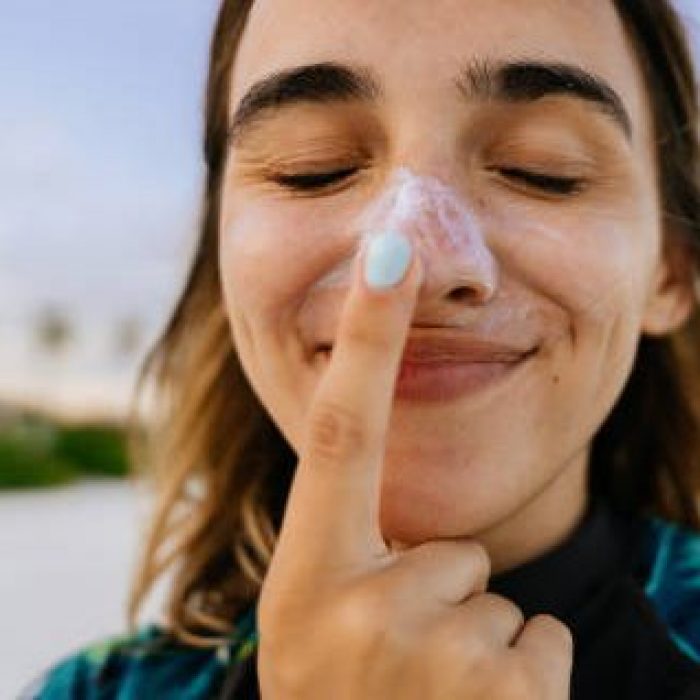
Studies have shown that while sunscreen can reduce the production of vitamin D in the skin, it does not block it entirely. The extent to which sunscreen affects vitamin D synthesis depends on the SPF, the amount applied, and the duration of sun exposure.
The Role of Sun Exposure in Vitamin D Production
Sun exposure is the most natural and efficient way for the body to produce vitamin D. UVB rays from the sun convert a chemical in the skin, 7-dehydrocholesterol, into vitamin D3, which is then metabolized in the liver and kidneys to its active form.
Studies on Sunscreen and Vitamin D
Several studies have examined the impact of sunscreen on vitamin D levels. Most suggest that regular use of sunscreen does not significantly lower vitamin D levels, particularly if individuals get regular incidental sun exposure. However further studies also point to some harmful effects associated with sunscreen.
Potential Dangers of Sunscreen
Many commercial sunscreens contain chemical ingredients like oxybenzone, avobenzone, and octinoxate, which can be harmful. Oxybenzone, in particular, has been linked to hormone disruption and skin allergies. These chemicals can penetrate the skin and enter the bloodstream, raising concerns about their long-term effects on health.
Regular use of high-SPF sunscreens can reduce the skin’s ability to produce vitamin D, which is essential for bone health, immune function, and overall well-being. While protecting your skin from UV radiation is crucial, it’s also important to find a balance to avoid vitamin D deficiency.
Balancing Sun Protection and Vitamin D Synthesis
Finding the right balance between sun protection and adequate vitamin D synthesis is crucial. Here are some practical tips to help you achieve this balance:
Safe Sun Exposure Practices
- Short, Unprotected Exposure: Spend a few minutes in direct sunlight without sunscreen to boost vitamin D production, then apply sunscreen.
- Use Sunscreen Correctly: Apply sunscreen generously and reapply every two hours, or more often if swimming or sweating.
- Protective Clothing: Wear hats, sunglasses, and long-sleeved clothing to protect against UV damage when spending extended time outdoors.
Alternatives to Sun Exposure for Vitamin D
For those at risk of vitamin D deficiency or unable to get enough sun exposure, alternative sources of vitamin D are available.
Dietary Sources
Incorporate vitamin D-rich foods into your diet, such as:
- Fatty Fish: Salmon, mackerel, and sardines.
- Fortified Foods: Milk, orange juice, and cereals fortified with vitamin D.
- Egg Yolks and Liver: These foods naturally contain vitamin D.
Supplements
Vitamin D supplements are the easiest way to ensure adequate intake, especially for individuals with limited sun exposure.
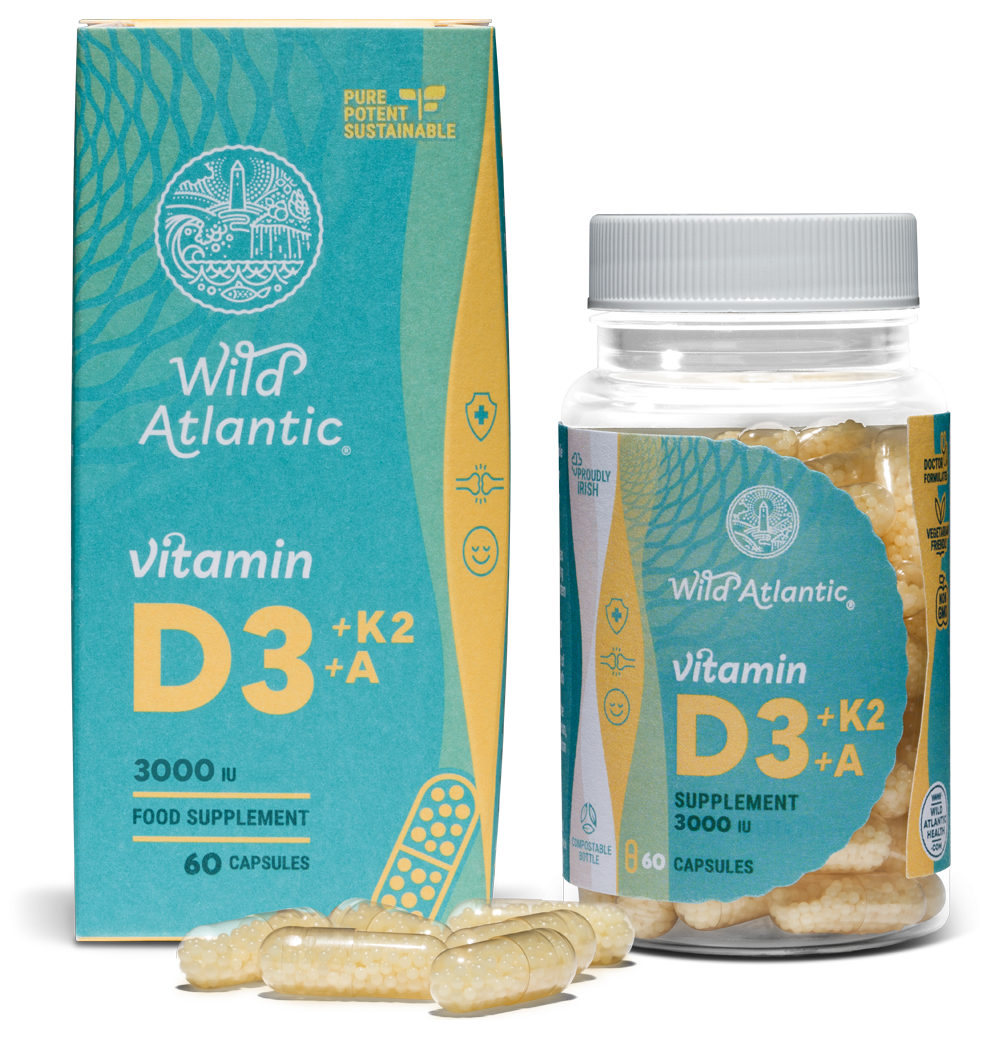
Vitamin D3+K2+A
Summary of Key Points
- Vitamin D is essential for bone health, immune function, and overall well-being.
- Sunscreen can reduce, but not entirely block, vitamin D production.
- The recommended daily allowance for vitamin D varies, with higher needs for older adults and those at risk of deficiency.
- Short, unprotected sun exposure can help balance vitamin D synthesis with sun protection.
- Certain groups are more prone to vitamin D deficiency, including those with limited sun exposure, darker skin, and older age.
- Dietary sources and supplements are effective alternatives for maintaining adequate vitamin D levels.
- Practical tips include safe sun exposure practices, incorporating vitamin D-rich foods, and regular monitoring of vitamin D levels.
By understanding the relationship between sunscreen use and vitamin D production, you can make informed decisions to protect your skin while maintaining adequate vitamin D levels. Balance sun protection with sensible sun exposure and dietary sources to ensure overall health and well-being.
Other articles about Vitamin D
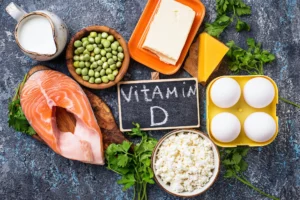
Why supplementing with Vitamin D3 has become critical
As a Holistic Health Care practitioner, working with nutrition and lifestyle to create robust health for my clients and me, there are several supplements I

Why is Vitamin D so important?
Early science understood the calcium homeostasis role of Vitamin D and bone health. However, we now know that vitamin D plays a major biological role

What serum level of Vitamin D should I aim for?
Looking back to the early 20th century, it became known that vitamin D deficiency, brought about by lack of sunlight, caused rickets in young children.
























